FC-AL
——
FC-AL uses fiber optic cabling to produce a maximum (burst) data transfer rate of more than 100 MB/second. FC-AL is capable of supporting up to 127 devices as far as 10 kilometers apart, thus opening new perspective for remote data storage (web storage and network storage). FC-AL allows "hot swapping" of the connected drives without interfering with the work of the entire system. Also, FC-AL devices can be designed with two ports to double the data transfer rates.
There are two very different ways to transfer data between computers or between computers and peripheral devices: via I/O channels and networks.
An approach based on channels provides for a direct or switched point-to-point connection between the devices. This method is designed to be hardware-intensive and to transports data at the high speed with low overhead. A SCSI interface is a good example of a fast and effective channel. SCSI transfers data in parallel way over relatively short distances using a number of lines (for example, 16 for 16-bit SCSI). Channels stress high performance and the hardware is optimized to meet the need.
Channels tend to use more simple protocols and to minimize software involvement in data transfer operations. Also, channels provide highly reliable data transmission.
Another approach, a Network, is based on connecting distributed elements (nodes) like workstations, file servers and peripherals using its own serial protocol that supports interaction among the nodes. Networks are software-intensive (high overhead), and tend to be slower than a channel. On the other hand, networks have simpler cabling, connectors, and work over much greater distances (world-wide, if necessary). They can also handle wide range of tasks than channels, and emphasize connectivity and protocol flexibility (e.g., IP). In case of networks, transmission of data isn't as reliable.
Fibre Channel is an attempt to combine the better of these two methods of communication and to create a new superior I/O interface with the following features:
Serial data transfer (for greater distances and simplicity)
Compatibility with various already existing protocols;
High data transfer rate;
Reliable data transfer;
Packetizing data (called frames in FC world)
Support for a large number of devices
Routing information using switches.
Therefore, the Fibre Channel isn't a channel nor a network, but allows for an active intelligent interconnection scheme, called a Fabric, to connect heterogeneous computer systems and peripherals with all the benefits of the above two methods. In fact, fibre channel supports its own protocol plus some other higher level protocols such as the SCSI, FDDI, HIPPI (High Performance Parallel Interface) and IPI. Peripherals can include storage devices such as disk or tape arrays. Nowadays, Fibre channel option is mandatory for high-end mass storage products, such as disk or tape arrays.



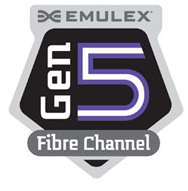

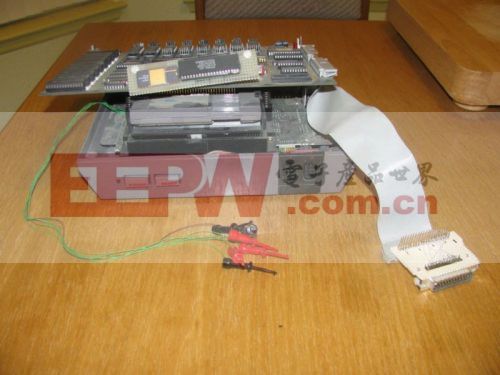
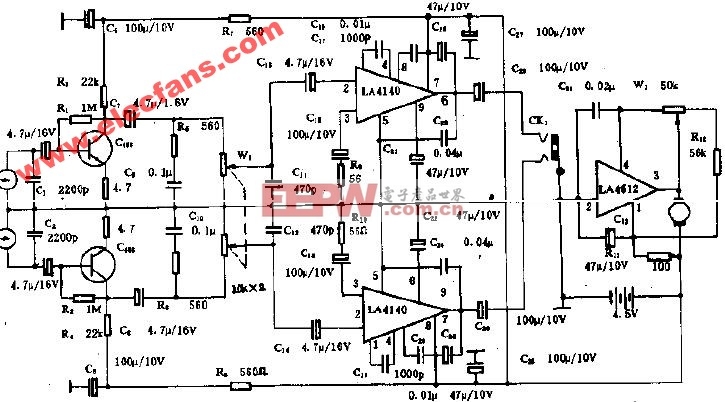

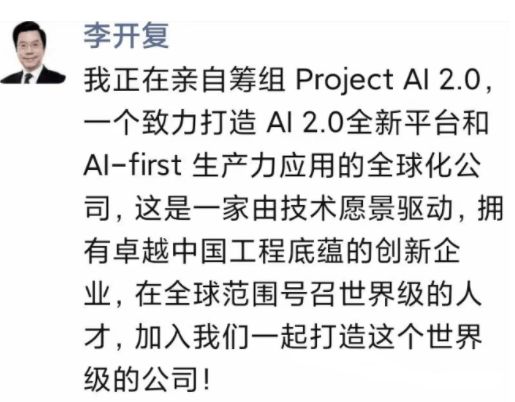


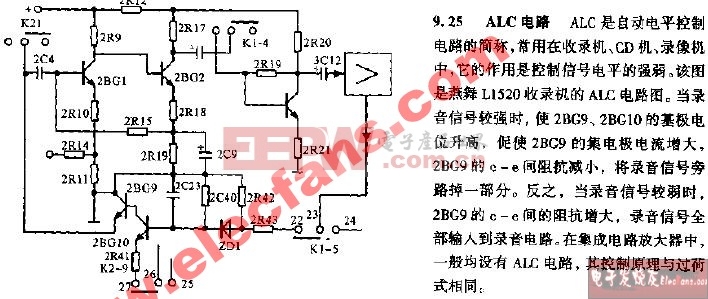
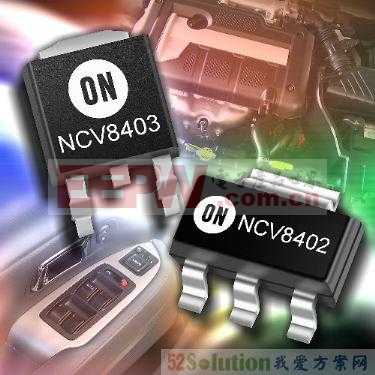

评论